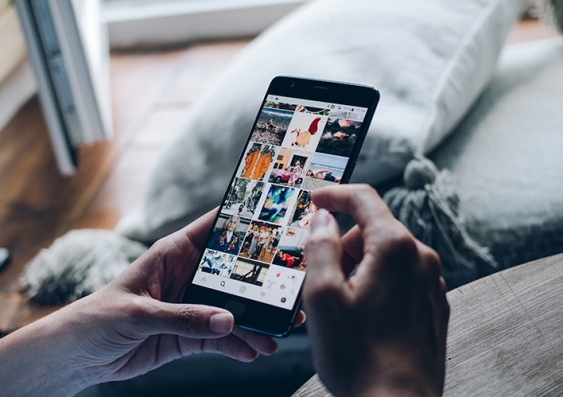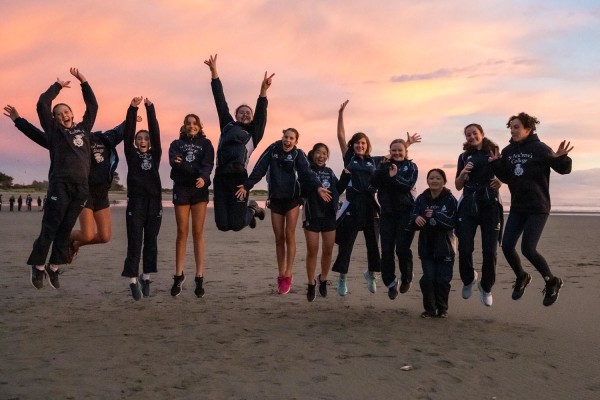
You are logged in as
Logout
You are logged in as
Logout
During this term, Te Waka classes explore an important unit on body image. We have spent time developing a series of lessons that inspire students to reflect and think critically about the factors that influence the way they perceive, think, and feel about their bodies. After this, we encourage students to consider the actions individuals can take to build a positive body image.
When teaching this unit, I often reflect on the thoughts I held about my own body during my teenage years. It wasn’t an easy time. Despite excelling at sport, I spent a lot of time comparing my physique to my peers. I can only imagine how those emotions would be exacerbated with the constant bombardment of images on my social media scroll. Many of my students have opened up about how they find it difficult to stay confident and feel good about their bodies with an abundance of media images promoting and endorsing an idealised body appearance. This is concurrent with the research: in one (2018) study involving 1000 New Zealand youth, nearly half (46 per cent) of 12– to 24-year-olds named "body image" as one of their biggest concerns.
We know that adolescence is a critical period when body image concerns often emerge. There are several key factors that contribute to this:
During adolescence, the body undergoes significant changes due to puberty. These physical changes such as growth spurts, weight gain, and development of secondary sexual characteristics can impact body image perception and acceptance. Socially, adolescents enter a phase of maturation that encourages them to make social comparisons to help them construct their personal and social identities. Teenagers self-evaluate themselves by making comparisons about their standing in relation to others. Research tells us that whereas girls make comparisons focusing on the ‘thin’ ideal, for boys, muscularity becomes an evaluation comparison. Comparison is made with peers, through media images and is heightened in activities where there is pressure to maintain a certain physique such as dance or sport.
Research shows us that social media is impacting negatively on adolescent’s body image. Some young people are spending, on average, between six to eight hours per day on screens, much of it on social media. Instagram has been described as the ‘perfect storm’ for the body image of teenage girls exposing users to hundreds or even thousands of images and photos every day, including filtered and photoshopped images of celebrities and fashion and fitness models. Leaks from Facebook in 2021 indicate the company is aware it has made the body image worse for one in three girls. Interestingly, research conducted in the US this year provided scientific evidence that young adults who reduced their social media use by 50% for just two weeks saw a significant improvement in how they felt about their bodies (Thai et al, 2023).

What can teachers and parents do to support our young people to develop a positive body image?

We all strive to raise children who are happy, confident and comfortable in their own skin. Fostering a positive body image for adolescents requires a multi-faceted approach that involves open communication, education, and creating a supportive environment. By understanding the factors that influence body image and implementing strategies like encouraging critical media literacy, promoting self-acceptance, and focusing on holistic well-being, we can help young people develop a healthier relationship with their bodies. Students should be encouraged to broaden their identity, so they remember that everyone’s body is unique, and that character and overall well-being matter most.